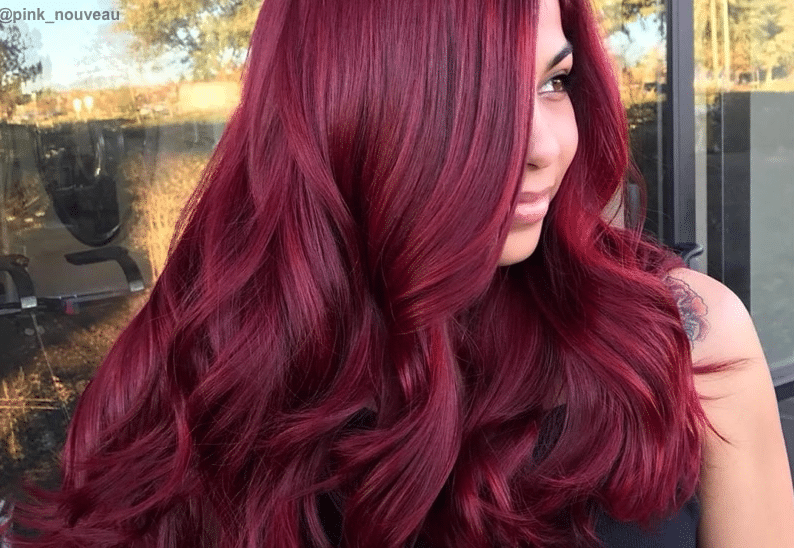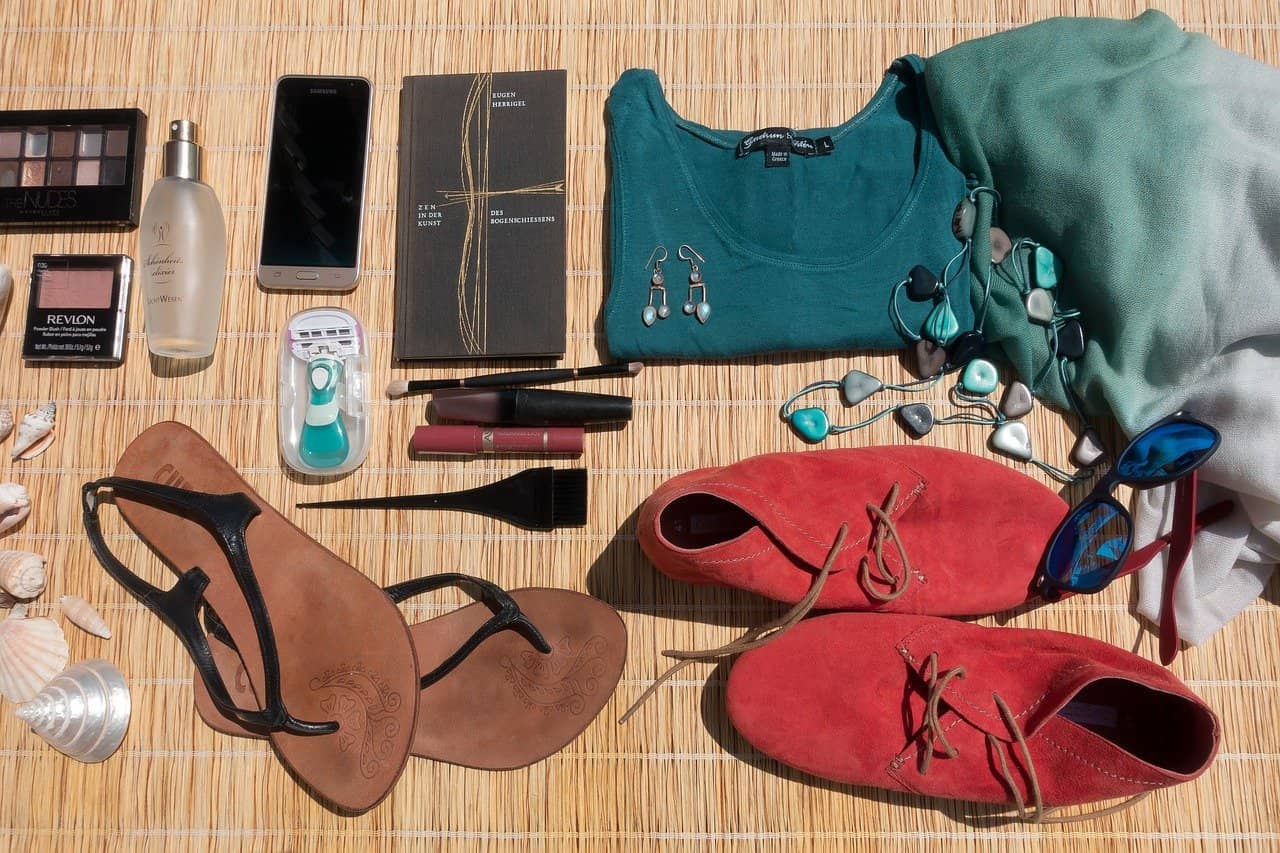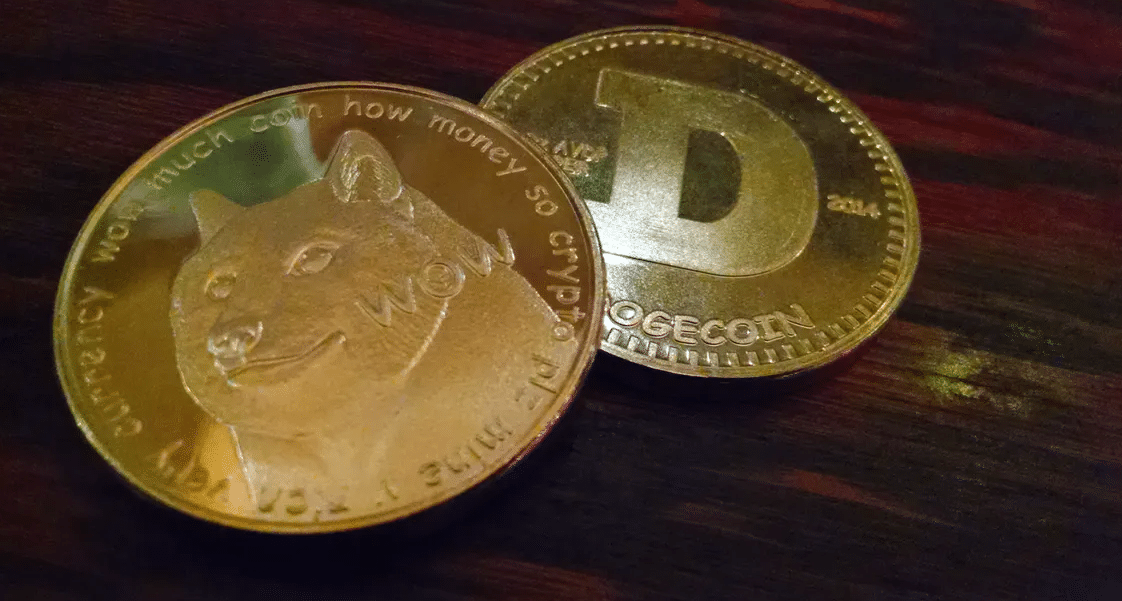Red Hair Color Shades
Red hair (or ginger hair) occurs naturally in one to two percent of the human population, appearing with greater frequency (two to six percent) among people of Northern or Northwestern European ancestry and lesser frequency in other populations. It is most common in individuals homozygous for a recessive allele on chromosome 16 that produces an altered version of the MC1R protein.
Red hair varies in hue from a deep burgundy or bright copper, or auburn, to burnt orange or red-orange to strawberry blond. Characterized by high levels of the reddish pigment pheomelanin and relatively low levels of the dark pigment eumelanin, it is associated with fair skin color, lighter eye color, freckles, and sensitivity to ultraviolet light.

From natural strawberry red to copper to rich auburn, wine, and bright red ruby tones, red hair is always a head-turning choice. And while it might be a big change for some, it will continue to be a top hair color trend into 2020 and beyond. Next time you’re feeling fiery (or just want to enhance your natural shade), show your colorist one of these gorgeous takes on scarlet strands (including inspiration for red hair color with highlights) and find the best red hair color for your skin tone.
Red Hair Color
Bright Copper Hair Color
Bright copper hair color is vivid and intense—like a shiny, new penny! It’s an exciting choice if you have fair, peach-colored or golden-toned skin and green or hazel eyes. Get ready to stand out in a crowd—this is a color that gets noticed!
Ginger Red Hair Color
Ginger red hair color is a spicy, light or medium reddish brown tone that is one of the most natural-looking reds in the spectrum. (In fact, in the UK, natural redheads like Prince Harry are called “gingers.) Natural redheads have fair skin and green or brown eyes, and often have freckled complexions, so opt for this shade if you can tick those boxes on your skin tone and eye color profile!
Copper Highlights
Copper highlights can be added to darker red shades to add realistic dimension and make red hair color look brighter and more energized. Ask your stylist to try balayage highlights for a modern, natural effect. Add copper highlights to red hair color if your skin is fair or golden, and if you have green, brown or hazel eyes.

Dusty Red
Riverdale star Madelaine Petsch is one of colorist Rachel Bodt’s “favorite red references.” She describes the red tone as soft and dusty, which means it won’t contrast too deeply with your skin tone. “Because of how soft the tone is, it’s great for someone who is nervous to try red,” says Bodt. She recommends this shade for fair-skinned clients with pink or yellow undertones.
Dark Red Hair
Plum Choice
This dark shade is a beautiful color for people who have dark brown hair. It spices up the hairstyle giving it an added vamp look.
Hot Red
These long locks are brightly colored with a bright red that screams for attention. If you want a show-stopping color, then look no further than this one. It’s stunning.
Auburn Style
This is a beautiful color for someone that doesn’t want a big change. It’s a subtle shade that still gives your look some pop.
- Rihanna has undergone many style evolutions in her career, but none can hold a candle to the cherry red hue she debuted in 2010. On a head full of curls, here, they look even more dynamic.
- This bottle-redhead is more famous for her crimson locks than her natural hue. Here, Stone adds some more dimension to her hair with deep brown color at the roots.
- The ideal hue for a moody muse like Lana del Rey is this vampy shade of red that’s mostly chocolatey brown with deep red in the mix.
Natural Red Hair
Strawberry-Blonde: Definitely in the red family, this is the subtlest of the reds. That cheerful blend of blonde with the earthier red makes this a luminous version that any redhead should be proud to wear. Sometimes mistaken for orange or pink rather than red, strawberry-blonde is as sweet as it is beautiful.
The Classic Red: This is the red often imagined when people picture a redhead. Vibrant, deep, and attention-grabbing; this red is richer than almost any other hair color. This is the color redhead stereotypes are often based on, but individuals with this red are so much more than those stereotypes.
Red Ombre Hair
Depending on your desired aura, you can opt for subtle rosy and raspberry hues or bold copper and cherry red tones. Reds totally are amazing because of the endless variations of colors in its palette!
Read Also: Taco Bar Ideas For Parties
Whatever color of roots you choose, either your natural blonde or brunette tresses, reds always blend in easily to make your tips appear thicker and healthier. If you’re up for a challenge, choosing a reverse ombre by starting with ruby red roots is another astonishing option.
What’s Different About Redheads?
Worldwide, only 2% of people have red hair. People with red hair are likely more sensitive to pain. This is because the gene mutation (MC1R) that causes red hair is on the same gene linked to pain receptors. It also means redheads usually need more anesthesia for dental and medical procedures.
What Causes Red Hair?
About 1 to 2 percent of the human population has red hair. Redheads have genes to thank for their tresses. Research shows red hair usually results from a mutation in a gene called MC1R, which codes for the melanocortin-1 receptor. The pigment found in hair that makes it red is called pheomelanin.
Is Red Hair A Sign Of Inbreeding?
Red hair is caused by a relatively rare recessive allele (a variant of a gene), the expression of which can skip generations. It is not likely to disappear at any time in the foreseeable future.
Why Is Red Hair So Rare?
Red hair is associated with the gene MC1R, a recessive and somewhat rare gene that occurs in only about 2 percent of the world’s population, according to the National Institutes of Health. That means both parents must carry a copy of the gene to produce a red-haired child and often the trait skips generations.



